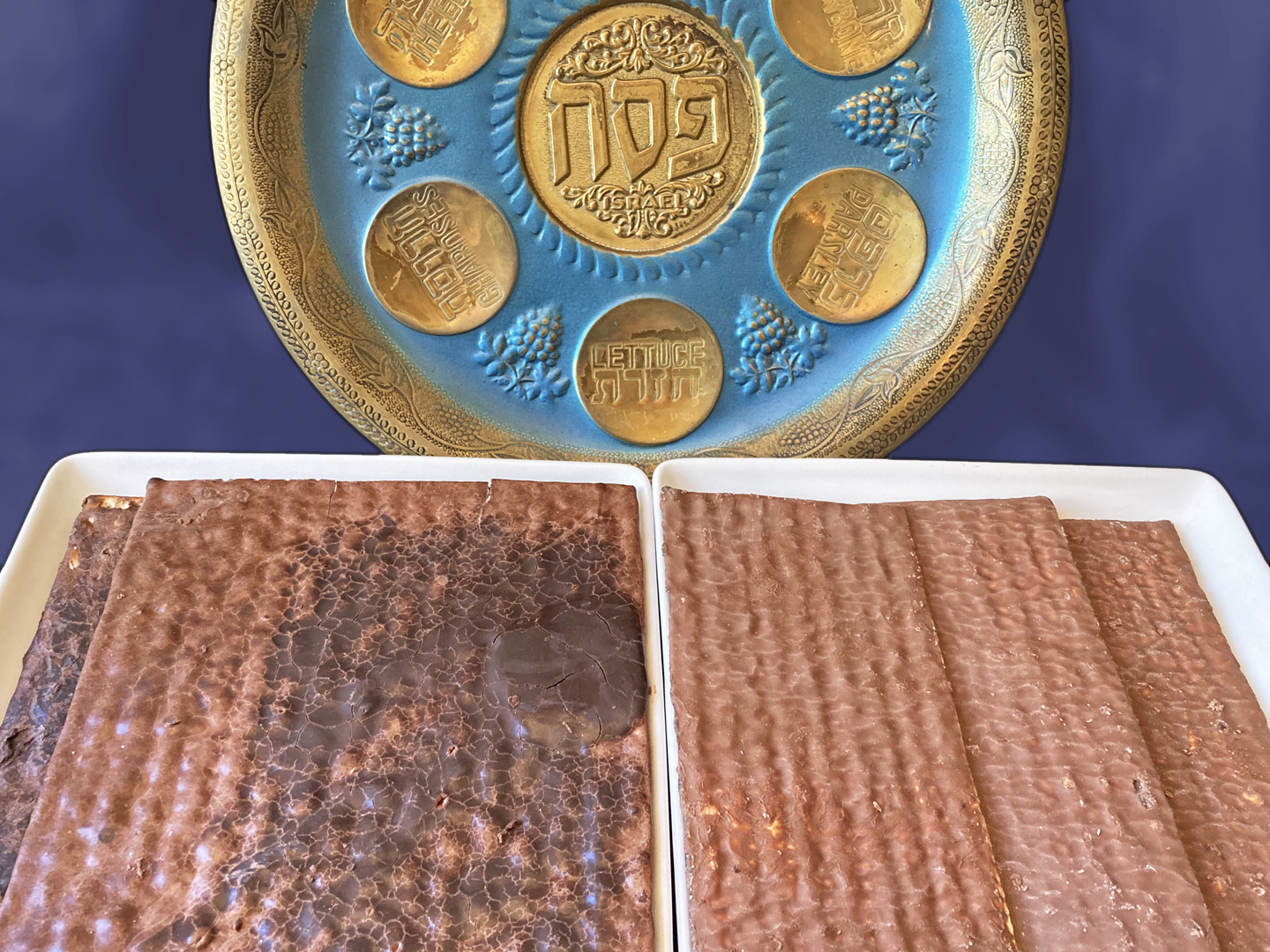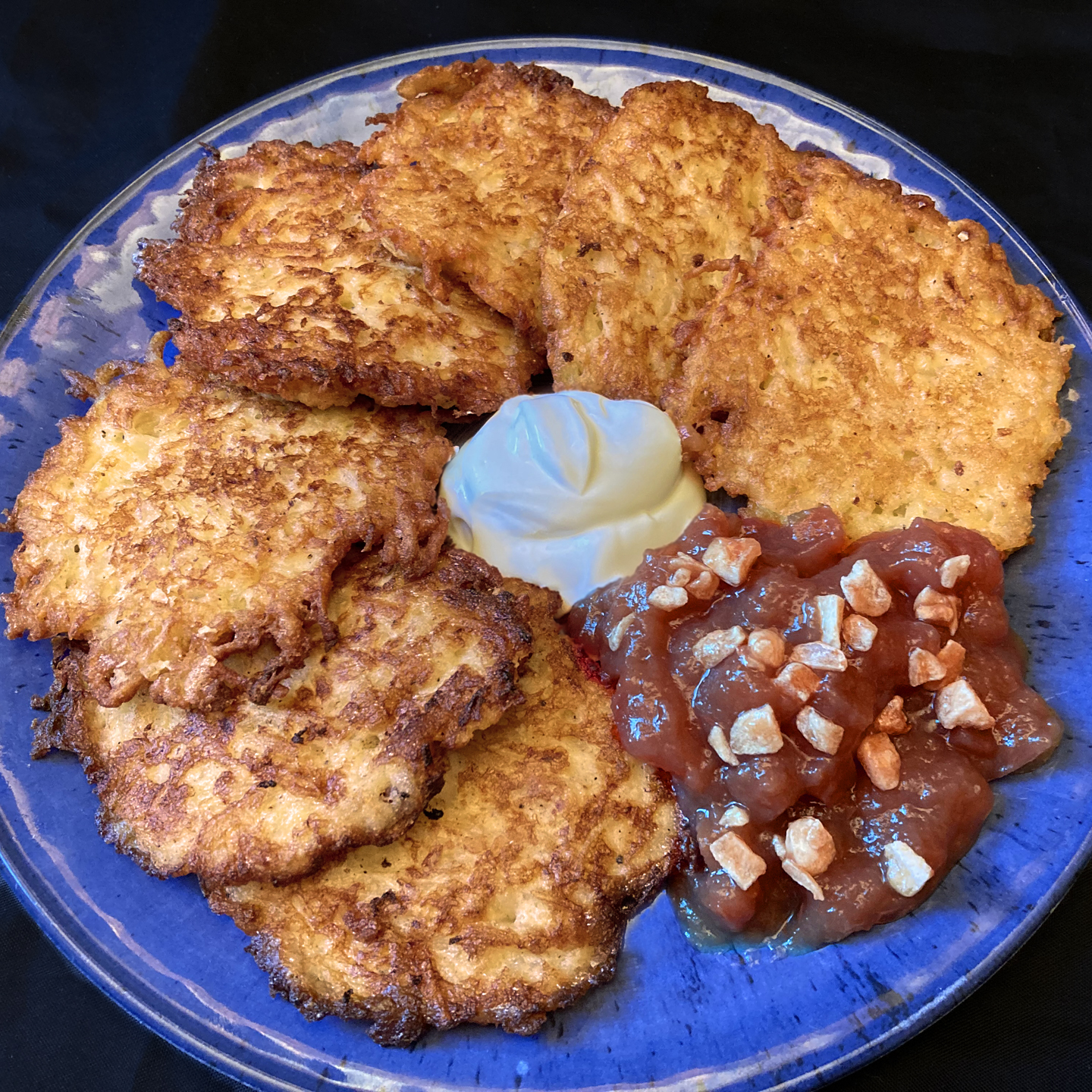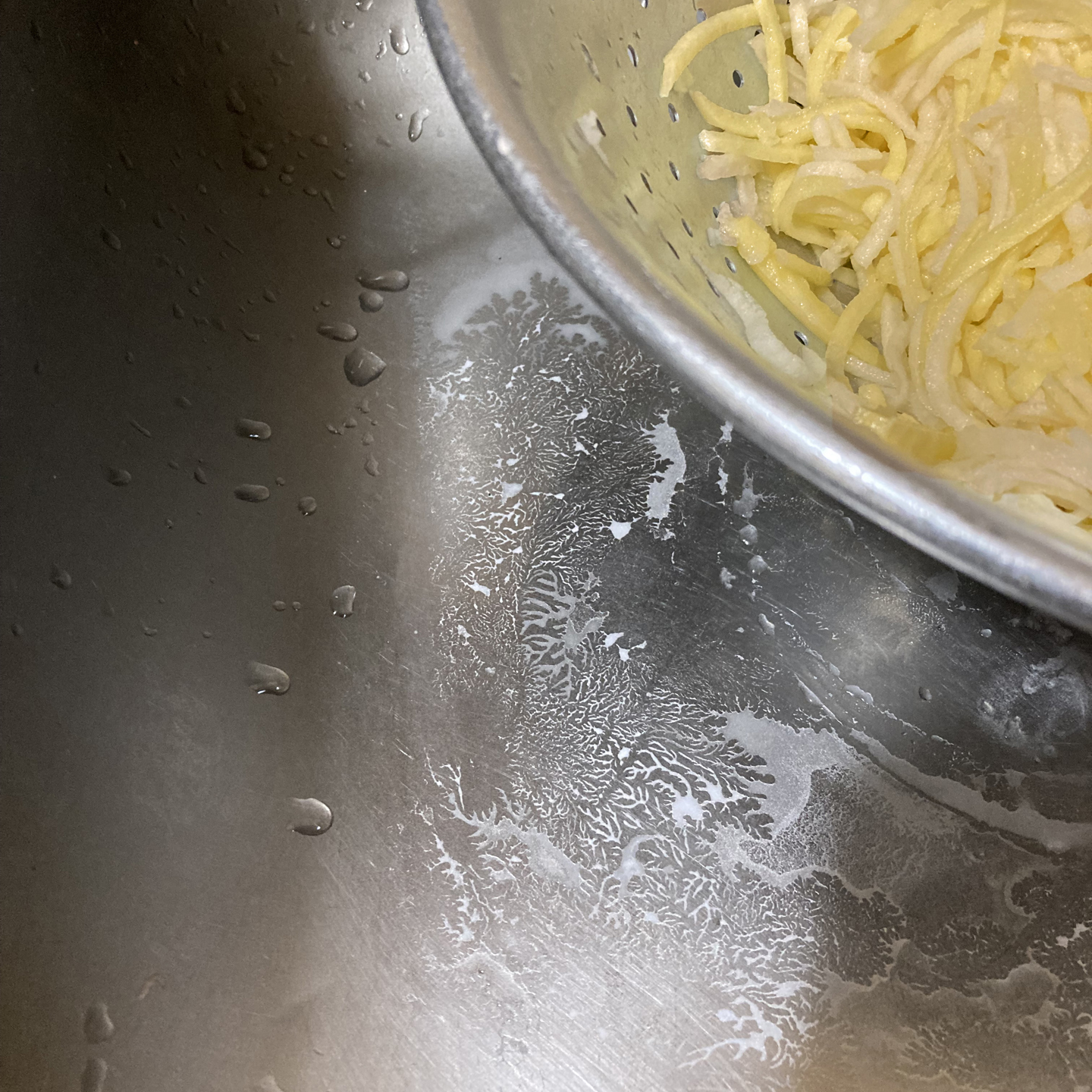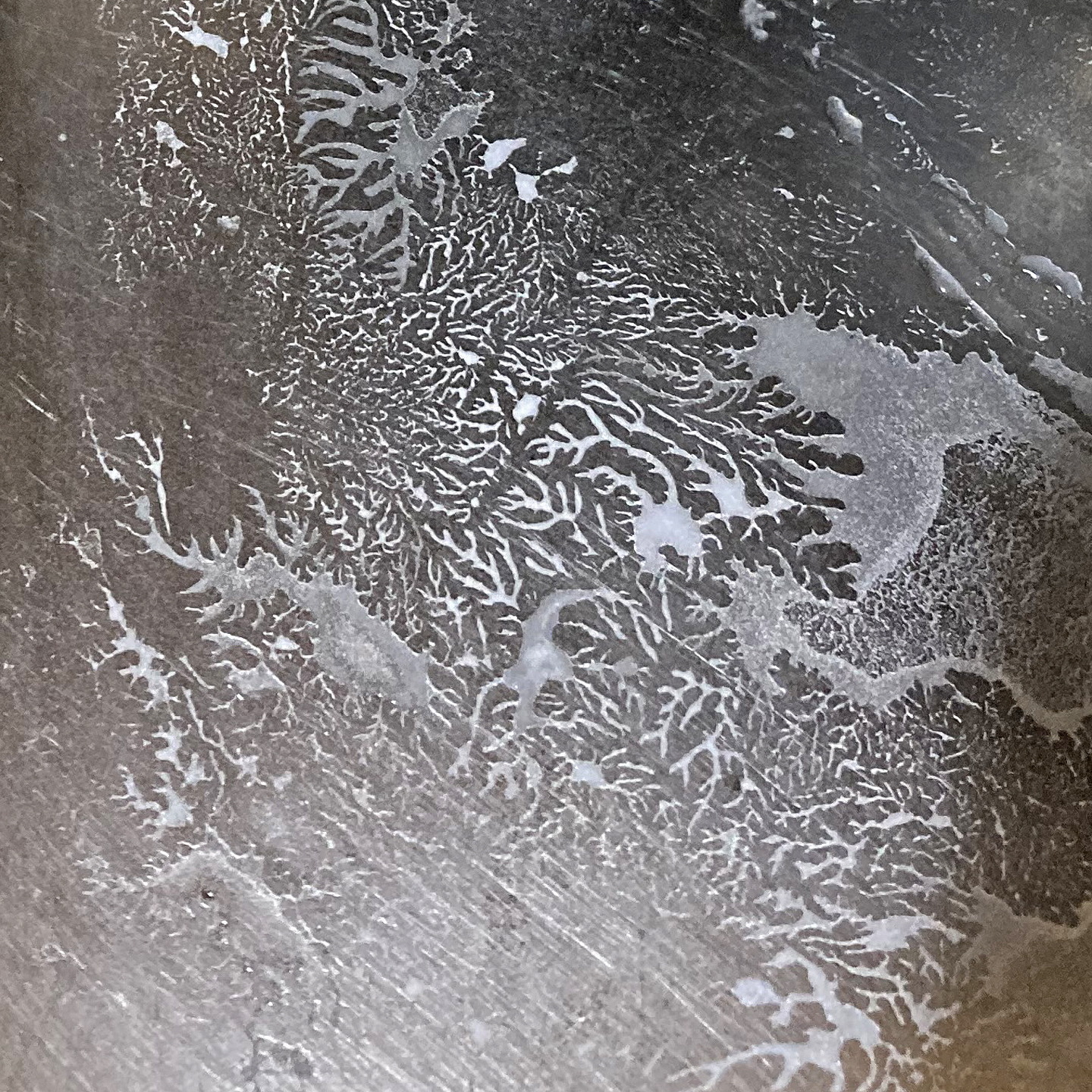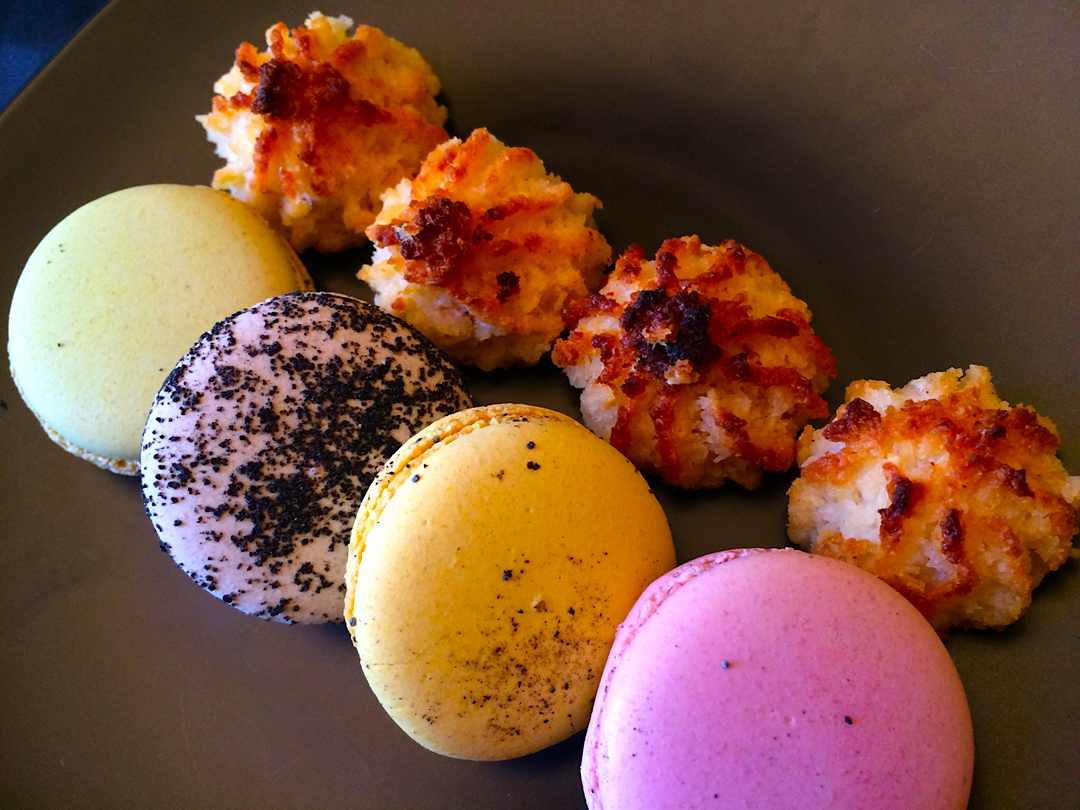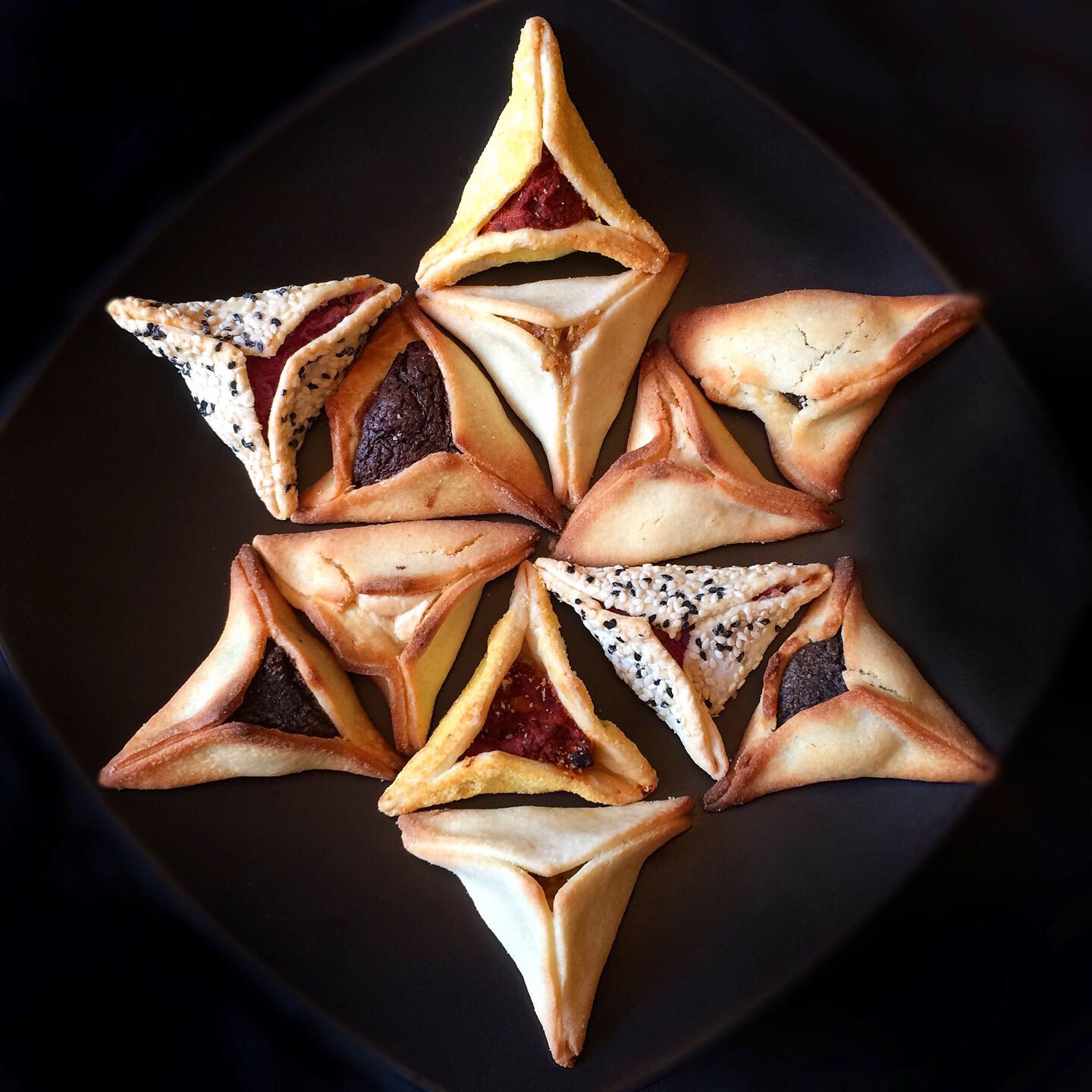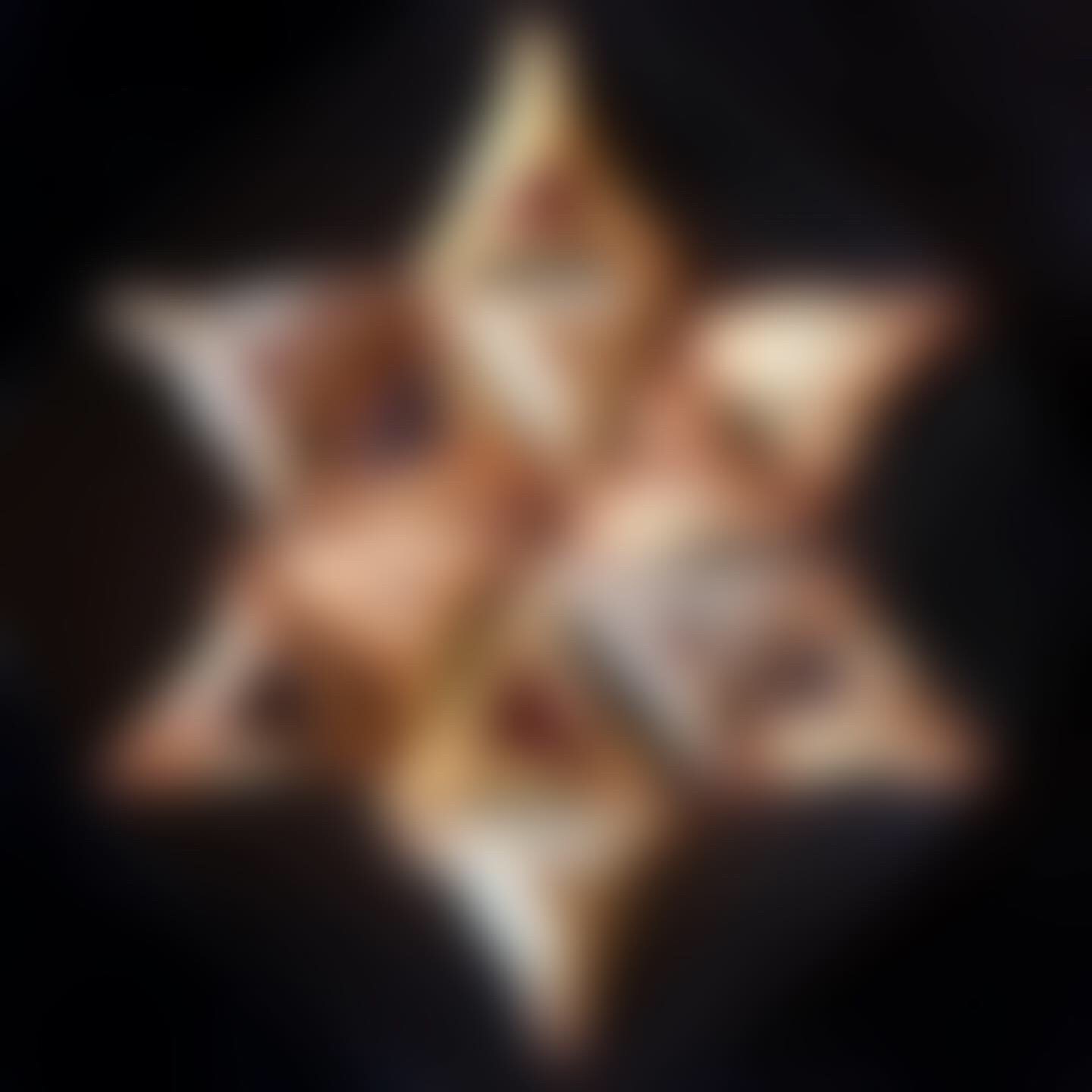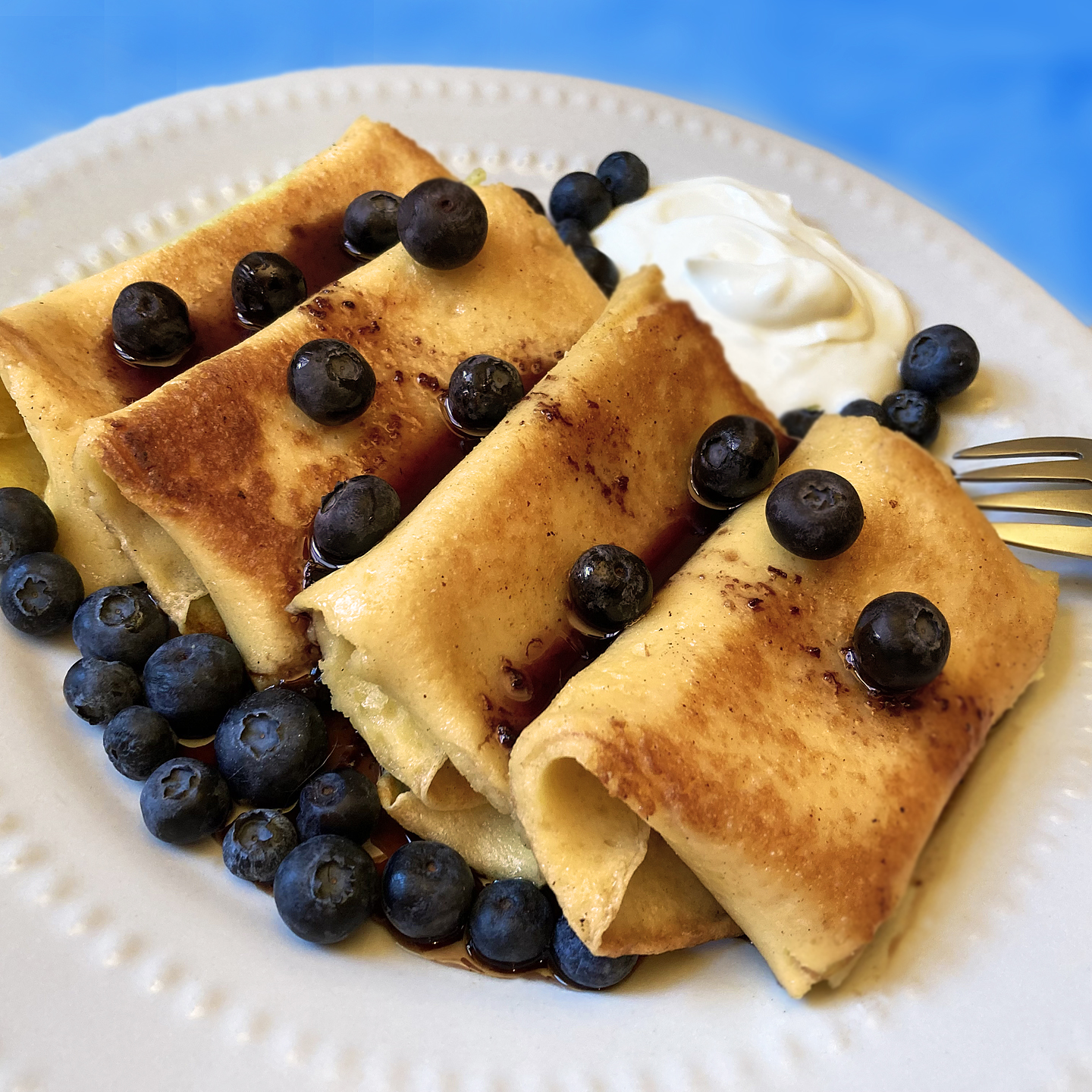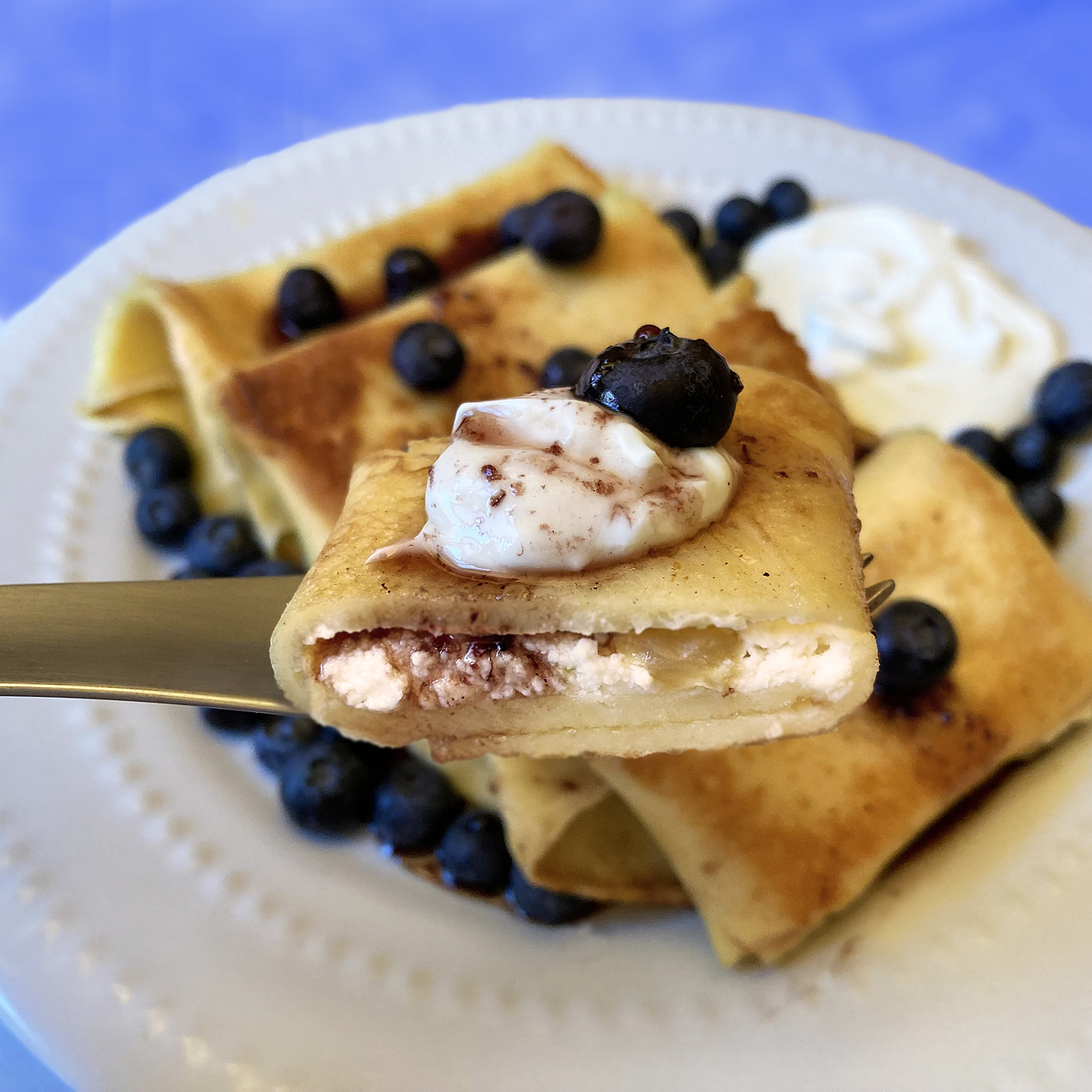Well, um, yes. Yes, you are chopped liver.
(Click on any image to view it in high resolution.)
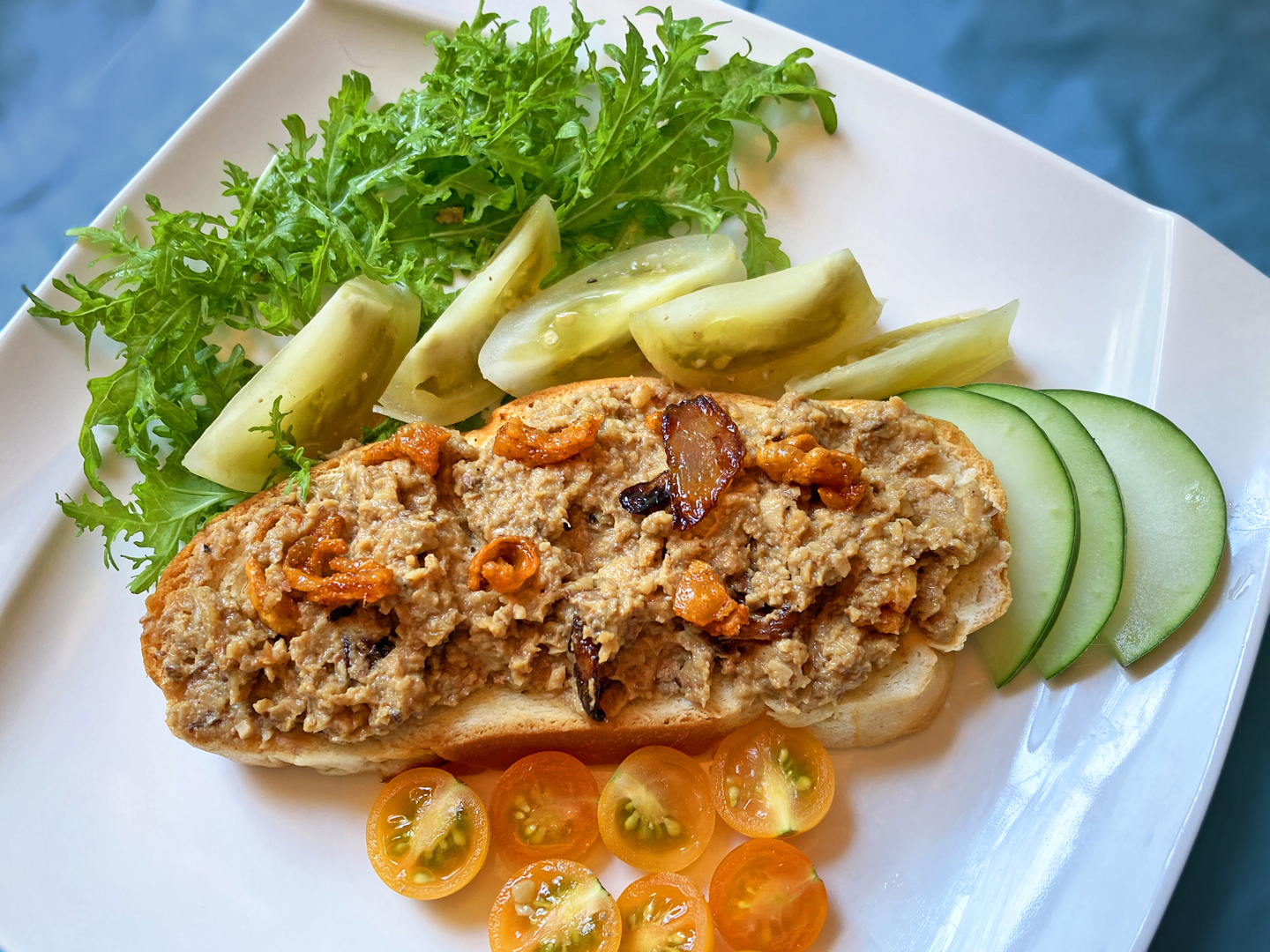
In this photo, at least. It’s a classic Ashkenazi Jewish side and never a main, hence the cutting slur relegating the target to second class status. Ironically, the dish is absolutely delicious.
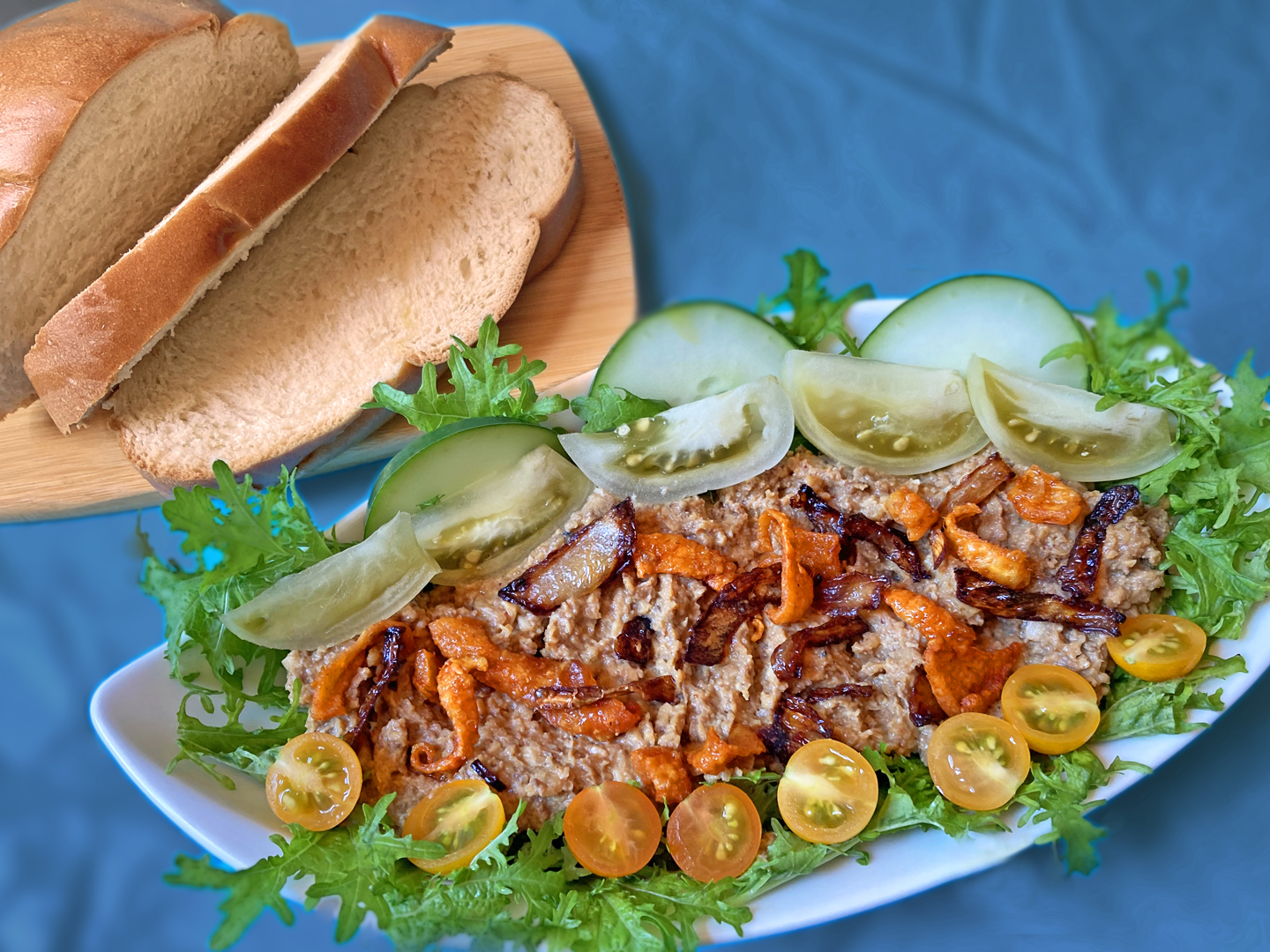
It’s a cinch to prepare, although it is time consuming if you want to get it just right. There are only four ingredients: sautéed chicken livers, caramelized onions, hard boiled eggs, and schmaltz (rendered chicken fat, often justifiably referred to as “liquid gold”) that are ground together (but a food processor is fine) and served on matzo, rye bread, or challah.
Here, I’ve accompanied mine with sliced cucumbers, pickled green tomatoes, cherry tomatoes, and garnished it with gribenes. What, you don’t know from gribenes? A shanda! Gribenes are crisp bits of chicken skin fried along with more onions until shatteringly crisp.
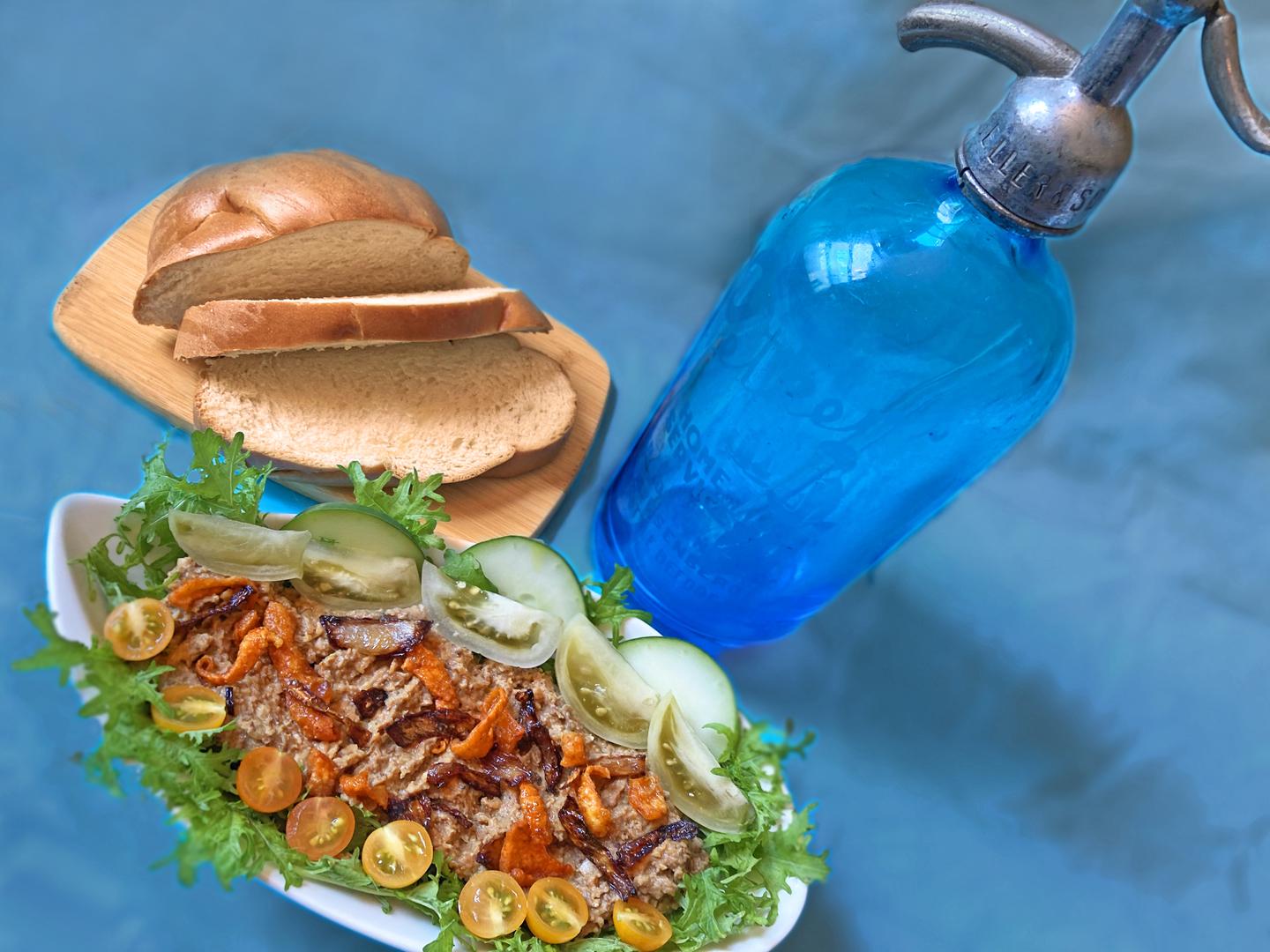
Oy! I almost forgot to mention the fifth ingredient – a Jewish grandmother would never forgive me.
It’s love, of course.

